Introduction
VOO, the Vanguard S&P 500 ETF, is a widely recognized investment vehicle that provides exposure to 500 of the largest publicly traded companies in the U.S. It offers investors a cost-effective way to participate in the overall market while benefiting from diversification and stability. Understanding whether VOO qualifies as a large-cap growth ETF is essential, as it primarily tracks a broad index rather than focusing exclusively on high-growth stocks. Evaluating sector allocations, historical performance, and expense ratios helps investors determine if VOO aligns with their financial goals and risk tolerance.
What Is VOO?
VOO, the Vanguard S&P 500 ETF, is an exchange-traded fund designed to track the performance of the S&P 500 index. This index consists of 500 of the largest publicly traded companies in the United States, spanning multiple sectors such as technology, healthcare, and financial services. VOO provides investors with broad market exposure, allowing them to participate in the overall growth of the U.S. economy. By replicating the composition of the S&P 500, VOO ensures diversification and stability, making it a popular choice for both new and experienced investors.
As a passive investment fund, VOO follows an indexing strategy, meaning it does not rely on active stock selection or frequent portfolio adjustments. Vanguard manages the fund with a low expense ratio of 0.03%, ensuring cost efficiency for long-term investors. VOO simply mirrors the S&P 500’s holdings. This passive approach minimizes transaction costs and reduces the risk associated with market timing. Compared to actively managed large-cap funds, VOO offers a more predictable investment experience. VOO is the preferred choice for those seeking stability and cost-effective market exposure.
Large-Cap Growth vs. Large-Cap Blend Funds
Large-cap growth stocks and ETFs focus on companies with strong earnings potential and rapid expansion. These stocks typically reinvest profits into business development rather than paying dividends, making them attractive for investors seeking capital appreciation. Growth-oriented ETFs allocate significant weight to sectors such as technology and consumer discretionary, where innovation drives revenue growth. While these funds offer higher return potential, they also carry increased volatility.
Conversely, large-cap blend funds combine both growth and value stocks, offering a balanced investment approach. Compared to pure growth funds, blend ETFs provide steadier returns while maintaining exposure to high-growth sectors. Understanding the differences between growth and blend funds helps investors align their portfolios with financial objectives and risk preferences. VOO fits within the large-cap investment landscape as a blend ETF, tracking the S&P 500 index.
Sector Allocation in VOO
VOO, the Vanguard S&P 500 ETF, maintains a diversified sector allocation that reflects the composition of the broader market. Technology holds the largest weighting at 31.03%, followed by financial services at 14.16% and healthcare at 11.20%. Consumer cyclical stocks account for 10.36%, while communication services represent 9.34% of the fund’s holdings. Other sectors, including industrials, consumer defensive, energy, utilities, and real estate, contribute smaller portions, ensuring balanced exposure across multiple industries.
These sectors collectively shape VOO’s returns, making it essential for investors to monitor industry trends when evaluating fund performance. Comparing VOO’s sector allocations to growth-focused ETFs highlights key differences in investment strategy. Growth ETFs, such as QQQ and VUG, allocate a higher percentage to technology and consumer discretionary stocks, emphasizing companies with rapid expansion potential. VOO, as a blend ETF, balances growth and value stocks, ensuring stability while capturing market appreciation.
Historical Performance of VOO
VOO has demonstrated strong historical performance, consistently tracking the S&P 500 index with minimal deviation. Over the past decade, VOO has delivered annualized returns exceeding 12%, closely mirroring the broader market. Compared to large-cap growth ETFs such as QQQ and VUG, VOO exhibits steadier returns due to its diversified holdings. VOO’s balanced exposure to both growth and value stocks ensures stability while capturing long-term market appreciation.
Market cycles significantly influence VOO’s long-term growth potential. Historical data indicates that VOO has rebounded strongly following downturns, reflecting the resilience of the broader market. Stability and volatility comparisons highlight VOO’s advantages over growth-oriented funds. The fund’s passive management strategy ensures cost efficiency while minimizing exposure to extreme price swings.
Expense Ratios and Fund Costs
VOO, the Vanguard S&P 500 ETF, is known for its cost efficiency, maintaining a low expense ratio of 0.03%. This fee structure makes it one of the most affordable large-cap ETFs, allowing investors to maximize returns without excessive management costs. Since VOO passively tracks the S&P 500, it avoids the higher fees associated with active management, ensuring that a larger portion of investment gains remains with shareholders.
Over time, minimizing expenses can significantly enhance portfolio growth. Comparing VOO with actively managed large-cap growth funds highlights key differences in cost structure and investment strategy. Actively managed funds often charge higher expense ratios. The role of low fees in determining investment growth potential is crucial, as expense ratios directly impact long-term portfolio performance.
Growth-Oriented Alternatives to VOO
Popular large-cap growth ETFs such as QQQ and VUG provide investors with exposure to high-growth companies that have strong earnings potential. QQQ tracks the Nasdaq-100 Index, which consists of 100 of the largest non-financial companies listed on the Nasdaq exchange. This ETF is heavily weighted toward technology stocks, including Apple, Microsoft, and NVIDIA, making it a preferred choice for investors seeking innovation-driven growth. VUG, on the other hand, follows the CRSP US Large Cap Growth Index, focusing on companies with high revenue expansion.
While both ETFs emphasize growth, their sector allocations and underlying indices differ, influencing their risk and return profiles. The differences in holdings and management strategies between QQQ and VUG highlight their unique investment approaches. Additionally, expense ratios and liquidity play a role in fund selection, as lower fees contribute to higher net returns over time.
Risks and Limitations of VOO as a Growth Investment
VOO faces market concentration risks due to its heavy reliance on a few dominant stocks within the S&P 500. Technology companies such as Apple, Microsoft, and NVIDIA account for a significant portion of the fund’s holdings, making VOO susceptible to sector-specific downturns.
Investors should be aware that VOO’s returns are closely tied to the performance of a handful of large-cap companies. Sensitivity to economic downturns and interest rate changes is another limitation of VOO as a growth investment. VOO’s blended nature affects its suitability for growth investors by balancing exposure to both growth and value stocks.
Unlike dedicated growth ETFs such as QQQ or VUG, which focus exclusively on high-growth companies, VOO includes value-oriented stocks from sectors like financials and healthcare. This diversification reduces volatility but also limits upside potential compared to pure growth funds.
Should Investors Consider VOO for Growth?
Investors considering VOO for growth should first evaluate their financial goals and investment strategy. VOO provides broad exposure to the S&P 500, making it suitable for those seeking long-term market appreciation rather than aggressive growth. Risk tolerance and diversification needs play a crucial role in determining whether VOO is the right choice for growth investors. Since VOO tracks the S&P 500, it is less volatile than sector-specific growth ETFs but still experiences market fluctuations.
Diversification across multiple industries helps mitigate sector-specific downturns, ensuring steady portfolio performance. Several factors influence VOO’s long-term returns and portfolio stability. Economic cycles, interest rate changes, and corporate earnings growth impact fund performance. While VOO benefits from broad market exposure, it does not provide the same level of upside potential as pure growth ETFs.
Conclusion
VOO offers investors a balanced approach to large-cap investing by providing broad exposure to the S&P 500 while maintaining cost efficiency. While it includes high-growth stocks, its diversified holdings also capture value-oriented companies, ensuring stability during different market cycles.
Compared to dedicated large-cap growth ETFs, VOO may not deliver the same level of aggressive returns, but its low expense ratio and passive management make it a strong choice for long-term investors. Understanding risk tolerance, sector allocations, and economic trends helps investors determine if VOO aligns with their financial goals. By strategically incorporating VOO into a portfolio, investors can achieve steady market appreciation while managing volatility effectively.
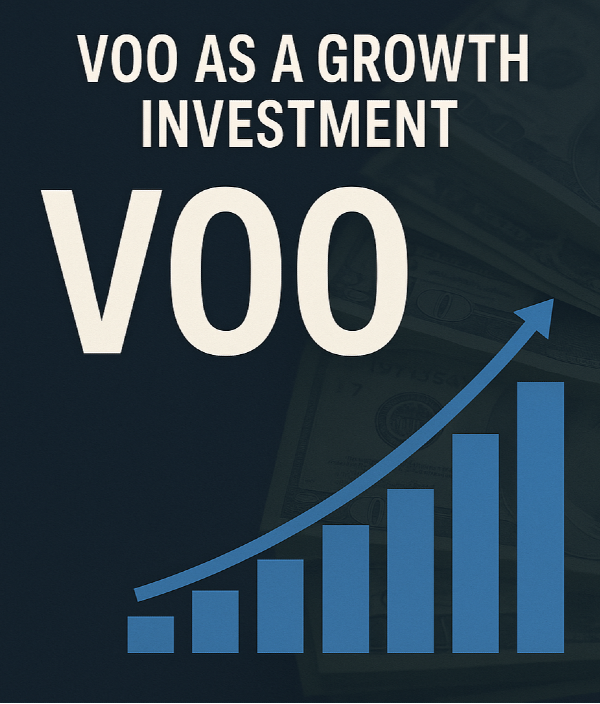

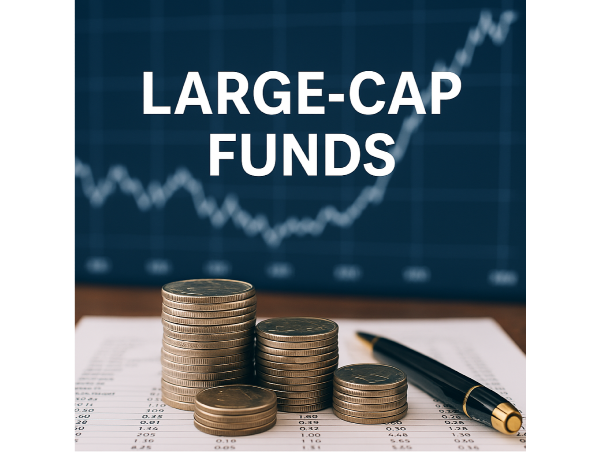
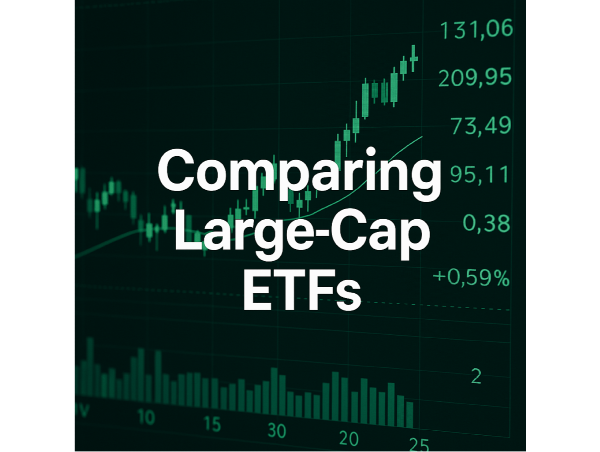
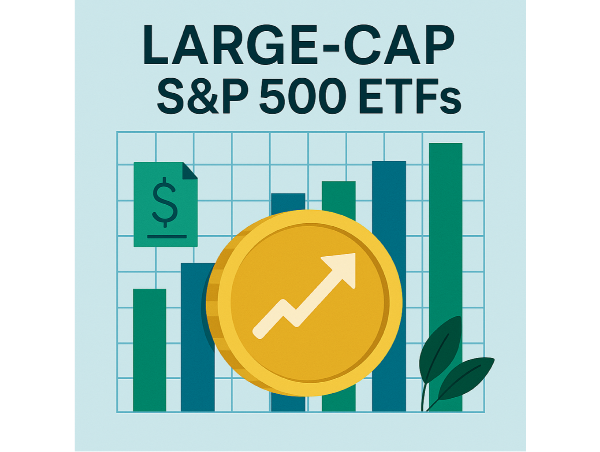

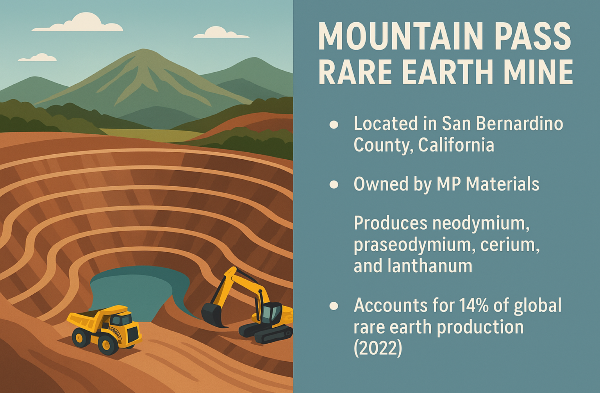
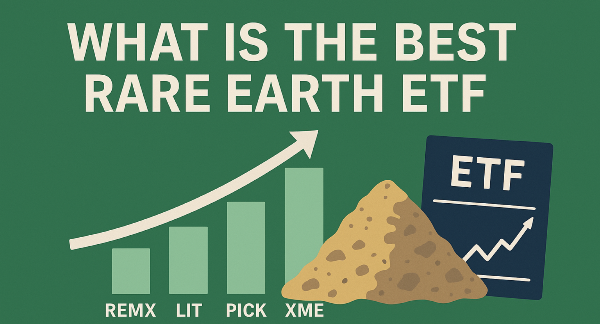




















Introduction
VOO, the Vanguard S&P 500 ETF, is a widely recognized investment vehicle that provides exposure to 500 of the largest publicly traded companies in the U.S. It offers investors a cost-effective way to participate in the overall market while benefiting from diversification and stability. Understanding whether VOO qualifies as a large-cap growth ETF is essential, as it primarily tracks a broad index rather than focusing exclusively on high-growth stocks. Evaluating sector allocations, historical performance, and expense ratios helps investors determine if VOO aligns with their financial goals and risk tolerance.
What Is VOO?
VOO, the Vanguard S&P 500 ETF, is an exchange-traded fund designed to track the performance of the S&P 500 index. This index consists of 500 of the largest publicly traded companies in the United States, spanning multiple sectors such as technology, healthcare, and financial services. VOO provides investors with broad market exposure, allowing them to participate in the overall growth of the U.S. economy. By replicating the composition of the S&P 500, VOO ensures diversification and stability, making it a popular choice for both new and experienced investors.
As a passive investment fund, VOO follows an indexing strategy, meaning it does not rely on active stock selection or frequent portfolio adjustments. Vanguard manages the fund with a low expense ratio of 0.03%, ensuring cost efficiency for long-term investors. VOO simply mirrors the S&P 500’s holdings. This passive approach minimizes transaction costs and reduces the risk associated with market timing. Compared to actively managed large-cap funds, VOO offers a more predictable investment experience. VOO is the preferred choice for those seeking stability and cost-effective market exposure.
Large-Cap Growth vs. Large-Cap Blend Funds
Large-cap growth stocks and ETFs focus on companies with strong earnings potential and rapid expansion. These stocks typically reinvest profits into business development rather than paying dividends, making them attractive for investors seeking capital appreciation. Growth-oriented ETFs allocate significant weight to sectors such as technology and consumer discretionary, where innovation drives revenue growth. While these funds offer higher return potential, they also carry increased volatility.
Conversely, large-cap blend funds combine both growth and value stocks, offering a balanced investment approach. Compared to pure growth funds, blend ETFs provide steadier returns while maintaining exposure to high-growth sectors. Understanding the differences between growth and blend funds helps investors align their portfolios with financial objectives and risk preferences. VOO fits within the large-cap investment landscape as a blend ETF, tracking the S&P 500 index.
Sector Allocation in VOO
VOO, the Vanguard S&P 500 ETF, maintains a diversified sector allocation that reflects the composition of the broader market. Technology holds the largest weighting at 31.03%, followed by financial services at 14.16% and healthcare at 11.20%. Consumer cyclical stocks account for 10.36%, while communication services represent 9.34% of the fund’s holdings. Other sectors, including industrials, consumer defensive, energy, utilities, and real estate, contribute smaller portions, ensuring balanced exposure across multiple industries.
These sectors collectively shape VOO’s returns, making it essential for investors to monitor industry trends when evaluating fund performance. Comparing VOO’s sector allocations to growth-focused ETFs highlights key differences in investment strategy. Growth ETFs, such as QQQ and VUG, allocate a higher percentage to technology and consumer discretionary stocks, emphasizing companies with rapid expansion potential. VOO, as a blend ETF, balances growth and value stocks, ensuring stability while capturing market appreciation.
Historical Performance of VOO
VOO has demonstrated strong historical performance, consistently tracking the S&P 500 index with minimal deviation. Over the past decade, VOO has delivered annualized returns exceeding 12%, closely mirroring the broader market. Compared to large-cap growth ETFs such as QQQ and VUG, VOO exhibits steadier returns due to its diversified holdings. VOO’s balanced exposure to both growth and value stocks ensures stability while capturing long-term market appreciation.
Market cycles significantly influence VOO’s long-term growth potential. Historical data indicates that VOO has rebounded strongly following downturns, reflecting the resilience of the broader market. Stability and volatility comparisons highlight VOO’s advantages over growth-oriented funds. The fund’s passive management strategy ensures cost efficiency while minimizing exposure to extreme price swings.
Expense Ratios and Fund Costs
VOO, the Vanguard S&P 500 ETF, is known for its cost efficiency, maintaining a low expense ratio of 0.03%. This fee structure makes it one of the most affordable large-cap ETFs, allowing investors to maximize returns without excessive management costs. Since VOO passively tracks the S&P 500, it avoids the higher fees associated with active management, ensuring that a larger portion of investment gains remains with shareholders.
Over time, minimizing expenses can significantly enhance portfolio growth. Comparing VOO with actively managed large-cap growth funds highlights key differences in cost structure and investment strategy. Actively managed funds often charge higher expense ratios. The role of low fees in determining investment growth potential is crucial, as expense ratios directly impact long-term portfolio performance.
Growth-Oriented Alternatives to VOO
Popular large-cap growth ETFs such as QQQ and VUG provide investors with exposure to high-growth companies that have strong earnings potential. QQQ tracks the Nasdaq-100 Index, which consists of 100 of the largest non-financial companies listed on the Nasdaq exchange. This ETF is heavily weighted toward technology stocks, including Apple, Microsoft, and NVIDIA, making it a preferred choice for investors seeking innovation-driven growth. VUG, on the other hand, follows the CRSP US Large Cap Growth Index, focusing on companies with high revenue expansion.
While both ETFs emphasize growth, their sector allocations and underlying indices differ, influencing their risk and return profiles. The differences in holdings and management strategies between QQQ and VUG highlight their unique investment approaches. Additionally, expense ratios and liquidity play a role in fund selection, as lower fees contribute to higher net returns over time.
Risks and Limitations of VOO as a Growth Investment
VOO faces market concentration risks due to its heavy reliance on a few dominant stocks within the S&P 500. Technology companies such as Apple, Microsoft, and NVIDIA account for a significant portion of the fund’s holdings, making VOO susceptible to sector-specific downturns.
Investors should be aware that VOO’s returns are closely tied to the performance of a handful of large-cap companies. Sensitivity to economic downturns and interest rate changes is another limitation of VOO as a growth investment. VOO’s blended nature affects its suitability for growth investors by balancing exposure to both growth and value stocks.
Unlike dedicated growth ETFs such as QQQ or VUG, which focus exclusively on high-growth companies, VOO includes value-oriented stocks from sectors like financials and healthcare. This diversification reduces volatility but also limits upside potential compared to pure growth funds.
Should Investors Consider VOO for Growth?
Investors considering VOO for growth should first evaluate their financial goals and investment strategy. VOO provides broad exposure to the S&P 500, making it suitable for those seeking long-term market appreciation rather than aggressive growth. Risk tolerance and diversification needs play a crucial role in determining whether VOO is the right choice for growth investors. Since VOO tracks the S&P 500, it is less volatile than sector-specific growth ETFs but still experiences market fluctuations.
Diversification across multiple industries helps mitigate sector-specific downturns, ensuring steady portfolio performance. Several factors influence VOO’s long-term returns and portfolio stability. Economic cycles, interest rate changes, and corporate earnings growth impact fund performance. While VOO benefits from broad market exposure, it does not provide the same level of upside potential as pure growth ETFs.
Conclusion
VOO offers investors a balanced approach to large-cap investing by providing broad exposure to the S&P 500 while maintaining cost efficiency. While it includes high-growth stocks, its diversified holdings also capture value-oriented companies, ensuring stability during different market cycles.
Compared to dedicated large-cap growth ETFs, VOO may not deliver the same level of aggressive returns, but its low expense ratio and passive management make it a strong choice for long-term investors. Understanding risk tolerance, sector allocations, and economic trends helps investors determine if VOO aligns with their financial goals. By strategically incorporating VOO into a portfolio, investors can achieve steady market appreciation while managing volatility effectively.